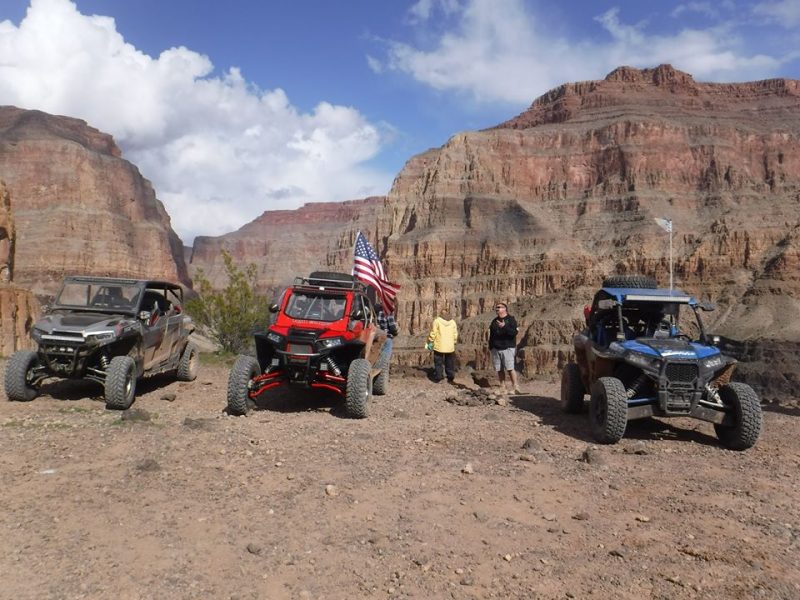If you tow a heavy trailer that creates an unlevel situation with your truck you might want to consider installing after-market air springs or bags. An unlevel truck is a safety issue that could affect handling and quality of ride.
I’ve been driving my F350 without air bags for several years and when the trailer was fully loaded it would be  unlevel by almost 3 inches. This changes your trucks handling characteristics and could also blind oncoming traffic with your headlights. Last month I finally decided on installing some Ride-Rite air springs from Firestone Industrial Products. Firestone is the number one maker of air springs in the world. That, and the fact that they were the most recommended on the RV forums was enough for me to give them a shot.
unlevel by almost 3 inches. This changes your trucks handling characteristics and could also blind oncoming traffic with your headlights. Last month I finally decided on installing some Ride-Rite air springs from Firestone Industrial Products. Firestone is the number one maker of air springs in the world. That, and the fact that they were the most recommended on the RV forums was enough for me to give them a shot.
The air bags can be installed by themselves by routing the air hose to a fitting on the rear bumper or you can install the air compressor kit with remote wireless switch that can be mounted in the cab. I highly recommend this option as it will come in handy during bad weather or when a service station cannot be found.
 Installation was fairly straightforward and will take 3 to 5 hours depending on your skills and your tools. Reading all instructions from start to finish will save you time in the long run.
Installation was fairly straightforward and will take 3 to 5 hours depending on your skills and your tools. Reading all instructions from start to finish will save you time in the long run.
First step was to remove the stock rubber bump stops. Then pre-assemble the spring into its upper and lower brackets and mount the assembly between the axle and the frame with the provided u bolt.
Your next step is to decide where to mount the compressor. The kit comes with a pre-drilled mounting plate where you mount the compressor, the valve body, the pressure switches, and the electrical control unit upon. The suggested location is inside the frame rail using the large U bolts. For most operating conditions this would be fine but the system, although water resistant is not waterproof and the directions specifically discourage mounting in any location where it may become submerged in water. Now, since the two places I frequent most; the Oceano Dunes and Dumont, sometimes require crossing a rain swollen creek, I decided to install mine inside the cab behind the rear seat. I reasoned that the pro’s of keeping the equipment dry and clean outweigh the infrequent compressor noise that might be experienced. Other possible locations could be  up in the engine compartment or inside of a permanently mounted tool box.
up in the engine compartment or inside of a permanently mounted tool box.
First connect the wires between the ECU, the valve body, pressure switches, and the compressor as per the wiring diagram. Zip tie all the slack to keep it neat. Then mount the assembly in the chosen location. Next, after disconnecting your trucks negative battery cable, route the long red wire with the built in 20 amp fuse to the battery and the long yellow wire to an ignition wire that is only hot when the ignition is on. This insures that the compressor can only come on while the engine is running to prevent battery drain. Lastly, run an air line from the valve body down the frame rails to each air spring being careful that it does not come in contact with any sharp edges or near the exhaust pipe. Zip tie all tubing at appropriate spots to prevent any sag.
 Next, double check all connections, reconnect the negative cable and then start the truck. Using the remote control panel, inflate the air springs to 70 PSI. Spray a solution of soap and water on each air fitting connection to look for leaks. If air bubbles are seen at the connection, deflate the bags, re-check that the tubing was cut at a square angle, re-insert firmly and re-test until no bubbles are seen.
Next, double check all connections, reconnect the negative cable and then start the truck. Using the remote control panel, inflate the air springs to 70 PSI. Spray a solution of soap and water on each air fitting connection to look for leaks. If air bubbles are seen at the connection, deflate the bags, re-check that the tubing was cut at a square angle, re-insert firmly and re-test until no bubbles are seen.
In action, the air bags worked very well. The air compressor inflates the bags very quickly and surprisingly quieter than I thought. Before hookup to my 5th wheel the distance from the ground to the bottom of the rear fender was 42.25″ and the same measurement on the front was 38.5″. After hookup, and with only 15 lbs in the bags the same measurements were 39.75″ rear and 40″ front; a 2.5″ squat in the rear and a 1.5″ spring in the front. Adjusting the bags to 70 lbs increased the rear distance to 40.5″ and the fronts to 39″ which is about the ratio I was looking for.
On the road test I noticed a significant improvement in the quality of the ride. It seemed a lot smoother and less harsh. All in all a much improved ride so I’m giving these air bags two thumbs up.




